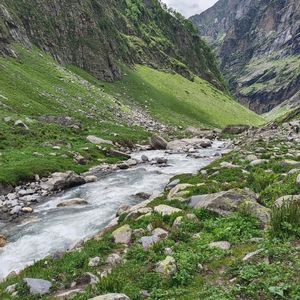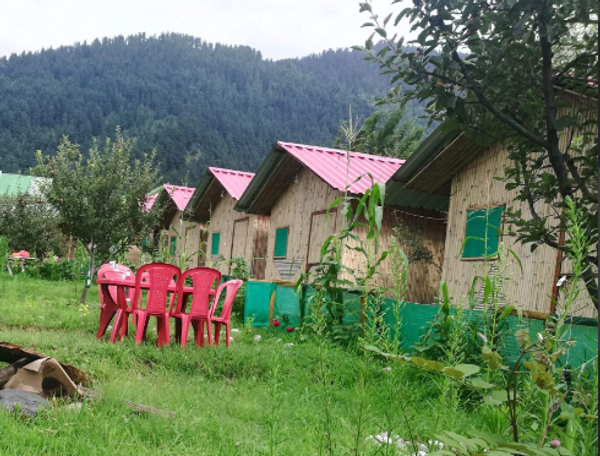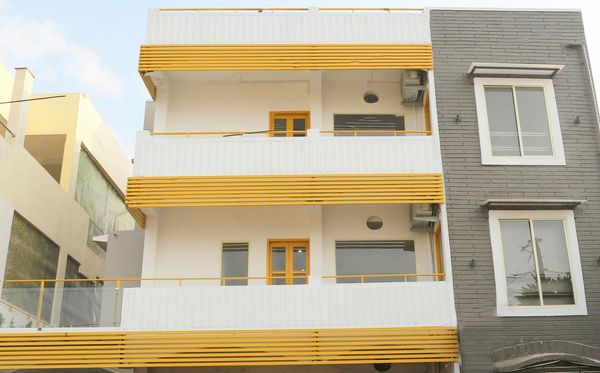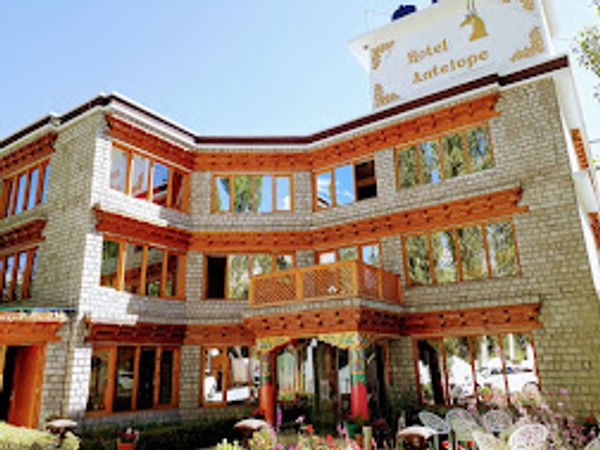Physically Preparing for Hampta Pass: Your Ultimate Fitness Guide
 Deepanshu Negi
28 Jul, 2025
10 mins read
36
Deepanshu Negi
28 Jul, 2025
10 mins read
36

The Hampta Pass trek is one of the most beautiful and rewarding hikes in the Indian Himalayas. With lush green valleys, steep climbs, river crossings, and a dramatic change in scenery from Kullu to Lahaul, it offers a complete mountain experience. But to enjoy this trek and complete it safely, you need to be physically prepared.
This guide will help you understand how to train your body for the trek. We’ll keep it simple and practical so you don’t feel overwhelmed. Whether you’re a beginner or someone who hikes occasionally, this guide is for you.
Why You Need to Be Fit for Hampta Pass
The Hampta Pass trek is a popular 5-day moderate-level trek in Himachal Pradesh, India. But that doesn’t mean it’s easy. You’ll be trekking for 4 to 6 hours each day for 4 to 5 days, sometimes at high altitudes and on tricky terrain. The highest point is about 14,000 feet. That means your body needs to be ready for long walks, steep climbs, and less oxygen in the air.
Being fit will help you:
- Avoid injuries like sprains or muscle cramps
- Walk longer without getting tired quickly
- Breathe better at high altitude
- Enjoy the views instead of struggling physically
When to Start Training
Ideally, you should start training 6 to 8 weeks before the trek. If you have more time, even better. Starting early will give your body enough time to adjust and build strength slowly.
If you're already active, 4 weeks of focused training might be enough. But if you're just getting started, give yourself more time.
Key Areas to Focus On
To prepare your body well, you need to work on three main things:
- Stamina (Endurance)
- Leg Strength
- Flexibility and Balance
Let’s look at how to train each of these.
1. Building Stamina
Stamina is the most important part of trekking fitness. You need to keep walking for hours, often uphill. Cardio exercises are the best way to build stamina.
Activities That Help:
- Brisk Walking: Start with 30 minutes a day and build up to 1 hour.
- Jogging or Running: Do 3 to 4 times a week. Mix slow and fast pace for better results.
- Cycling: Great for legs and lungs. Try to do 30–60 minutes rides.
- Swimming: Full body workout and improves breathing.
Try to reach a level where you can jog 5 km in under 40 minutes or walk 10 km in about 90 minutes without feeling too tired.
2. Strengthening Your Legs
Strong legs help you climb steep sections, walk on rocks, and carry your backpack. You don’t need a gym. Bodyweight exercises at home work just fine.
Exercises to Do:
- Squats (15–20 reps × 3 sets): Builds thighs and hips.
- Lunges (10 reps each leg × 3 sets): Improves balance and strength.
- Step-Ups (Use stairs or a bench): Great for climbing practice.
- Calf Raises (20 reps × 3 sets): Helps with long walks and steep descents.
- Wall Sits (Hold for 30–60 seconds): Builds leg endurance.
Do these 3 to 4 times a week. You’ll notice better strength in 2–3 weeks.
3. Improving Flexibility and Balance
Flexibility helps prevent injuries, while good balance helps on slippery or uneven paths. Yoga and stretching are perfect for this.
Simple Stretches:
- Hamstring stretch
- Quad stretch
- Hip opener stretch
- Calf stretch
- Shoulder and back stretch
Do a 10-minute stretch routine daily. Yoga poses like downward dog, warrior pose, and mountain pose also improve body awareness.
Breathing and Altitude Training
The higher you go, the thinner the air gets. Breathing becomes harder. You can’t train your lungs to hold more oxygen, but you can make your breathing more efficient.
Breathing Tips:
- Practice deep breathing daily. Inhale for 4 seconds, hold for 4 seconds, exhale slowly for 6 seconds.
- Climb stairs or small hills with a backpack. It helps simulate the trek.
- Try hiking with a backpack once a week. Start with light weight (3–5 kg) and slowly increase.
If you live near a hill or high altitude area, try to train there. It’ll help your body adjust better.
Sample Weekly Plan
Here’s a basic weekly routine you can follow. Adjust based on your fitness level.
Monday:
– 30 mins jogging or brisk walking
– Leg strength workout
– 10 mins stretching
Tuesday:
– 45 mins cycling or swimming
– Core workout (plank, side plank, crunches)
– 10 mins stretching
Wednesday:
– Rest or light yoga
– Deep breathing exercises
Thursday:
– 45 mins fast-paced walking with a backpack
– Leg strength workout
– 10 mins stretching
Friday:
– 30 mins jogging
– Core and upper body workout
– Deep breathing
Saturday:
– Long walk or hike (8–10 km)
– Light stretching
Sunday:
– Rest or easy yoga
Hydration and Diet Tips
Your body needs fuel to train and recover. Eating healthy and staying hydrated is just as important as exercise.
- Drink at least 2–3 liters of water daily.
- Include fruits, vegetables, whole grains, and protein in your diet.
- Avoid too much junk food, alcohol, and sugary drinks.
- Have a light snack before your workouts. A banana or handful of nuts is great.
What to Avoid
- Don’t push yourself too hard, especially in the beginning.
- Don’t skip warm-up or cool-down. These prevent injuries.
- Don’t ignore pain. If something hurts more than usual, rest or see a doctor.
- Don’t assume you’ll “get fit during the trek.†Train before you go.
Mental Preparation Matters Too
The trek can test your patience. Cold mornings, steep paths, or sudden rain can throw surprises. A positive mindset helps a lot.
- Visualize yourself completing the trek.
- Tell yourself, “One step at a time.â€
- Keep your goal in mind: to enjoy nature and finish strong.
Final Thoughts
Hampta Pass is a wonderful adventure that stays in your heart for a long time. But to enjoy it fully, physical preparation is a must. Start slow, be consistent, and take care of your body. With the right fitness routine, you’ll walk confidently through the beautiful valleys and snowy pass.
You don’t need to be a gym freak. You just need to be ready step by step, day by day. Happy trekking!
Written By:
Deepanshu Negi



Hotels at your convenience
Now choose your stay according to your preference. From finding a place for your dream destination or a mere weekend getaway to business accommodations or brief stay, we have got you covered. Explore hotels as per your mood.


